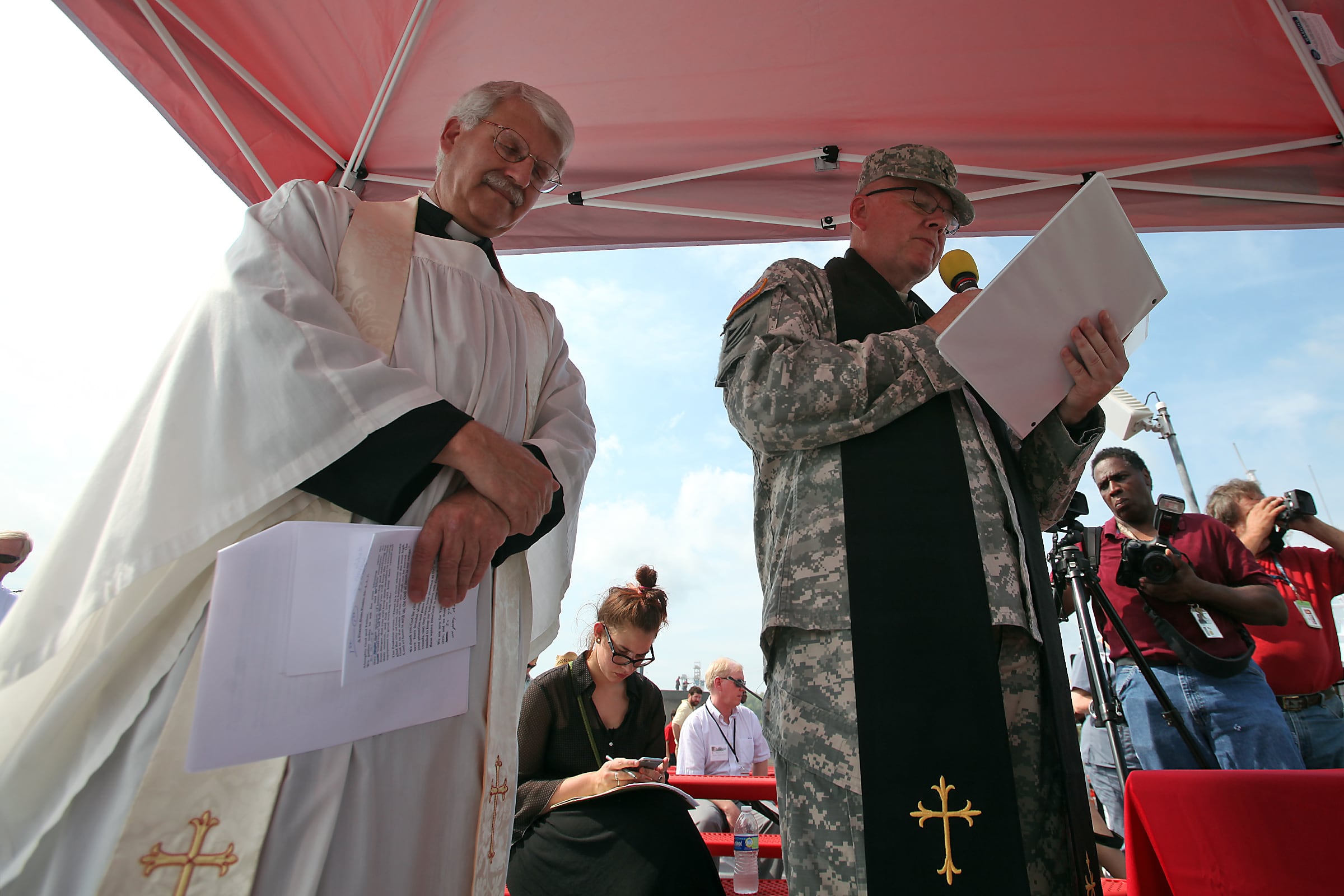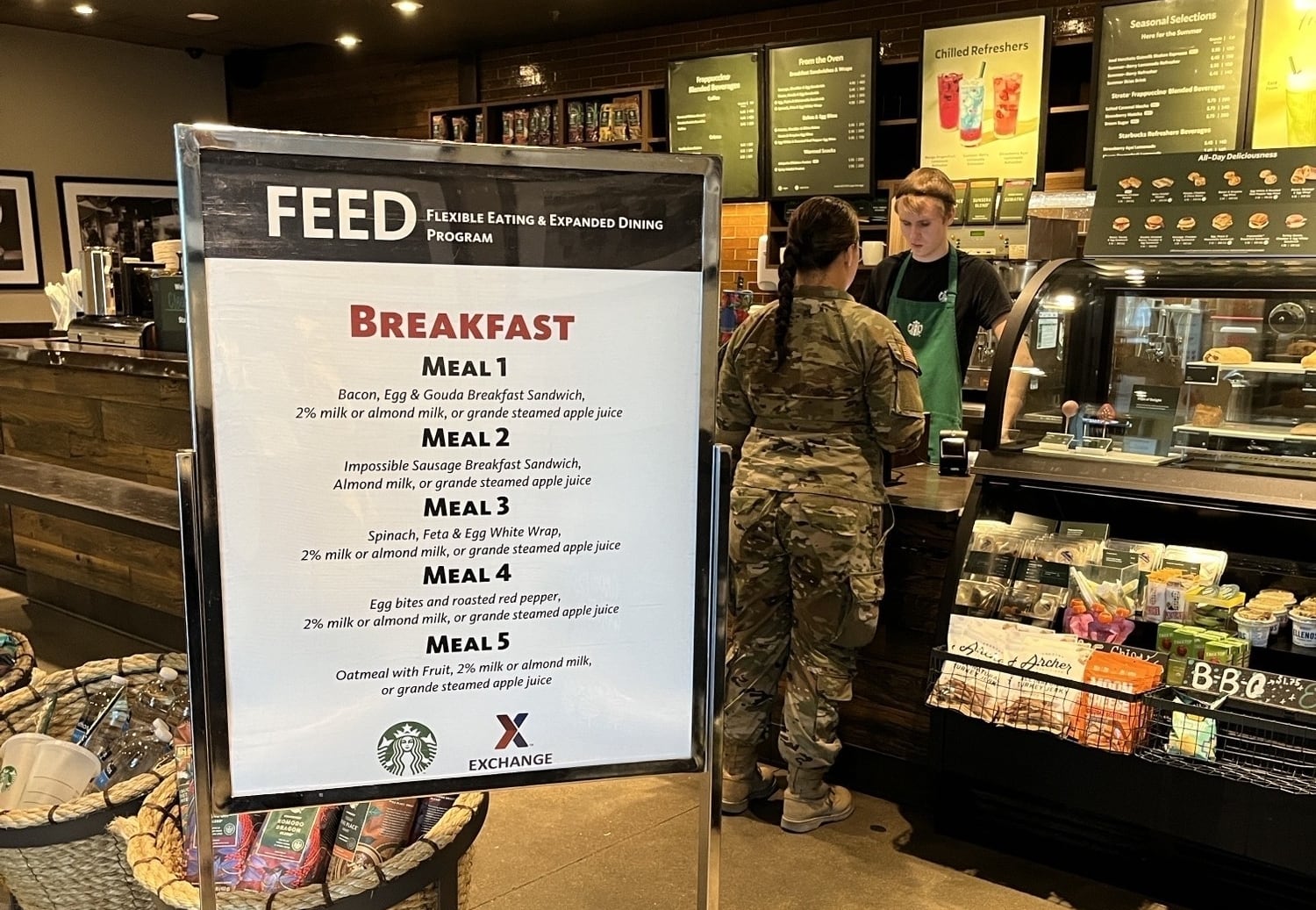The Navy of the future needs to learn quickly, adopt emerging technology faster and constantly self-assess to make sure it's on the right course, according to guidance published Tuesday by the Navy's new top officer.
Adm. John Richardson, who took over as chief of naval operations in September 2015, releasedpublished his "Design for Maintaining Maritime Superiority," which outlines his priorities over the next four years, and gives insights into the way he plans to lead the serviceNavy.
Here are Five takeaways from the report.
1. Adapt and overcome. As the Navy confronts a host of new challenges, from lightning-fastemerging fast-paced cyber threats to protecting the nation's undersea infrastructure, it should make adapting and learning quickly a priority.
Richardson argues that the expanded use of the global sea lanes, the rapid rise of global information technology where "an individual with a computer is a powerful actor," and the rate of the adoption of new technology like robotics and 3-D printing, offers a host of challenges and opportunities for the service. The Navy has to seize the moment — and move fast so as not to get left behind.
"We must do everything we can to seize the potential afforded by this environment," he writes. "Our competitors are moving quickly, and our adversaries are bent on leaving us swirling in their wake."
2. Know your opponent. Richardson identifies Russia and China as competitors, saying the U.S. has reentered an era of "great power competition" not seen since the end of the Cold War.
"Russia and China both have advanced their military capabilities to act as global powers," Richardson wrote. "Their goals are backed by a growing arsenal of high-end warfighting capabilities, many of which are focused specifically on our vulnerabilities and are increasingly designed from the ground up to leverage the maritime, technological and information systems."
Richardson said North Korea and Iran are also accessing more advanced technology, creating challenges for the fleet.
3. Core values. Navy professionals must have four core attributes, Richardson lays out: Richardson lays out four core attributes of Navy professionals, building on the core values of honor, courage, and commitment.
- Integrity: "As individuals, as teams, and as a Navy, our conduct must always be upright and honorable both in public and when nobody's looking."
- Accountability: "We clearly define the problem we're trying to solve and the proposed outcomes. In execution, we honestly assess our progress and adjust as required."
- Initiative: "We foster a questioning attitude and look at new ideas with an open mind. Our most junior teammate may have the best idea."
- Toughness: "We can take a hit and keep going, tapping all sources of strength and resilience: rigorous training for operations and combat, the fighting spirit of our people, and the steadfast support of our families."
4. Priorities: Topping the list of priorities for Richardson is the follow-on ballistic missile sub program, which the Navy hopes to start building in coming years to replace the aging Ohio-class subs that serve as the most survivable leg of the nation's three-part nuclear force. known as the Ohio Replacement Program. Richardson also called for targeted war games to address the problems created by long-range missiles that threaten the fleet in "blue water" scenarios, as well as integrating cyber threats and electromagnetic warfare threats into the training.
Richardson also threw his support behind reformsprograms championed by the Navy's personnel boss, Vice Adm. Bill Moran, including upgrades to the detailing system and giving sailors more career flexibility. He also called for boostingincreasing leadership training for sailors and continuing the push to reduce the fleet's paperwork burden administrative burden on the fleet.
5. 'A big lift.' Reactions to the visiondocument were generally positive. Bryan McGrath, a retired destroyer skipper and consultant in the Washington, D.C., area, said he liked said it was "an honest attempt by a humble man to get things moving in the direction they need to head in." McGrath complimented Richardson's emphasis on identifying the threats faced by the Navy.
"One thing I really liked was he makes no bones about the fact that we are in a great power competition," he said.
Jerry Hendrix, a retired captain and analyst at the Center for a New American Security, said he liked Richardson's focus on learning quickly and adopting new practices, which can be difficult in a sprawling organization like the Navy. liked that Richardson raised learning from history so as not to repeat mistakes, but said the idea of learning quickly and adopting new ideas is difficult to accomplish in a giant organization such as the Navy.
"The degree to which he is emphasizing learning rapidly, this is very difficult for a large organization, but it's typical of John Richardson — the drive for agility and the requirement for constant reassessment," Hendrix said. "The farther you get away from him in the command structure, the more difficult it becomes. It's going to be a big lift of leadership on his part."
David B. Larter was the naval warfare reporter for Defense News.





